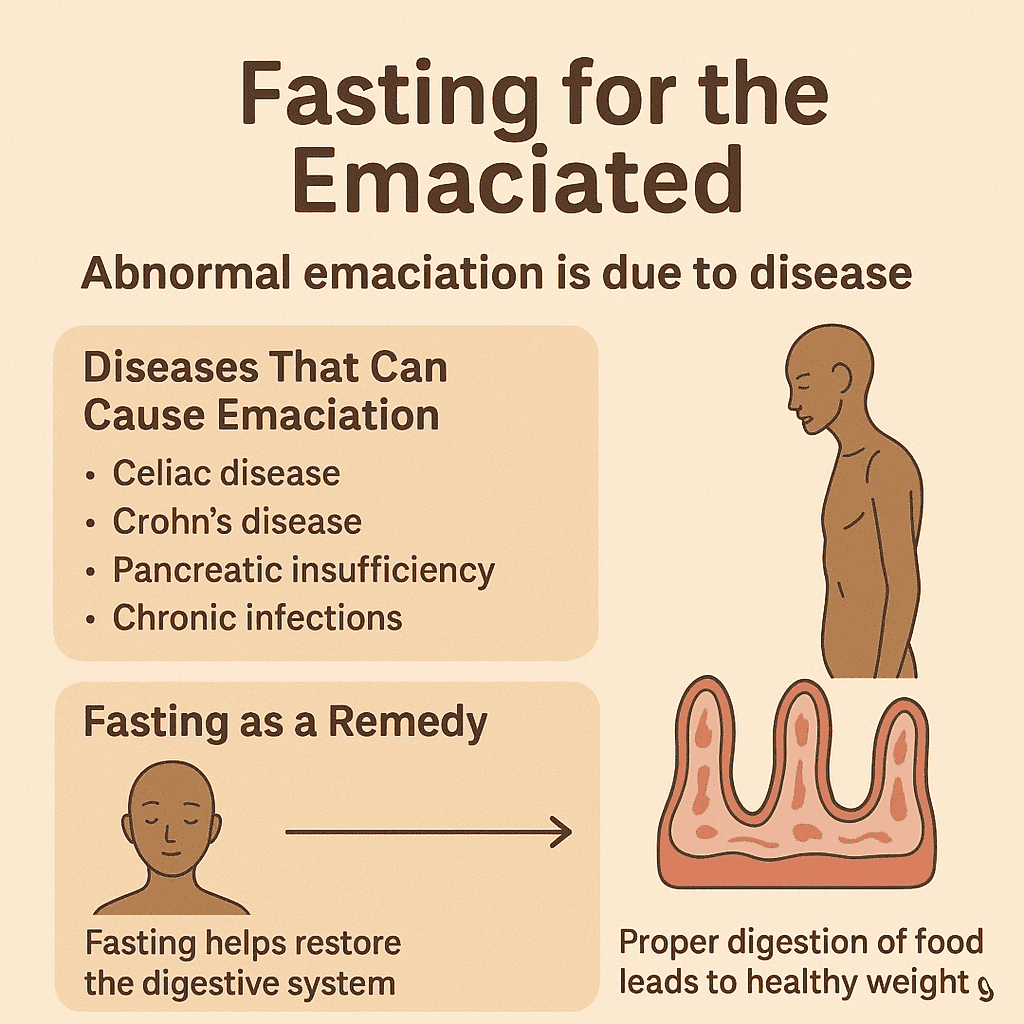Fasting for Weight Loss: How Safe Fasting Unlocks Healthy Fasting Benefits
Many people turn to fasting for weight loss, but the process is more nuanced than simply skipping meals. Modern research supports that fasting triggers metabolic shifts that enhance fat utilization and cell repair. This article will delve into how your body responds, why some people lose weight faster, and how safe fasting for weight loss can be a powerful tool for correcting imbalances. We will explore the difference between losing fat and muscle, what constitutes a healthy rate of loss, and the profound healthy fasting benefits that extend far beyond the scale.
What Happens in Your Body During Fasting for Weight Loss?
When you begin a fast, your body must tap into its stored energy. The most noticeable result is weight loss. During fasting for weight loss, glycogen stores are depleted first, after which fat oxidation becomes the primary energy source. A key factor in how much weight you lose is your initial amount of fatty tissue.
Who Loses the Most Weight with Fasting?
Generally, individuals with more fatty tissue lose the most weight initially. Differences in metabolism, muscle density, and insulin sensitivity determine how each individual responds to fasting. This isn’t always as obvious as you might think. Fatty tissue is light, while muscular and bone tissue is dense.
For example, take two men of equal height. The stouter man may be lighter than the slender one because the latter’s dense muscle and bone weigh more. Therefore, the stouter man might lose more inches (a sign of rapid fat loss) but not show as drastic a change on the scale. This demonstrates that the body prioritizes eliminating excess fatty tissue.
What is a “Normal” Rate of Weight Loss?
How much should a normal person lose? Losing more than a pound a day typically denotes obesity, while less than half a pound may indicate emaciation. The average loss throughout a fast is about one pound per day, with the greatest losses occurring at the beginning. The rate decreases as the fast progresses. For individuals seeking to practice safe fasting for weight loss, understanding this progression is key to setting realistic expectations.
Is Fasting for Weight Loss Safe for All Body Types?
A common objection is that fasting is only for the obese, but this is a misconception. The approach must be tailored, and individuals should practice safe fasting for weight loss under professional supervision, especially those with underlying health conditions.
- Fasting for the Obese: Since excess fatty tissue is a form of diseased matter, fasting allows the body to rapidly and safely reduce this surplus. This process of purification aligns with research on fasting for disease cure and systemic recovery, showing how the body eliminates harmful residues naturally.
- Fasting for the Emaciated: Abnormal emaciation is due to disease. Diseases like celiac disease, Crohn’s disease, pancreatic insufficiency, and chronic infections impair digestion or absorption of nutrients. When these illnesses cause intestinal villus atrophy—the flattening of the small intestinal lining that reduces surface area for nutrient uptake—progressive emaciation follows Fasting provides the most rapid method to rid the system of this diseased condition. After the fast, the entire system—including the digestive apparatus—is restored to health, enabling proper assimilation of food and subsequent healthy weight gain.

How Overeating Leads to Disease and How Fasting Helps
The root of much disease is the chronic overconsumption of food. If your body can use twelve ounces of nutrient matter daily but you consistently eat fifteen, the surplus must be eliminated (using bodily energy) or stored as morbid matter and fat. This continual surplus is a primary cause of disease. Fasting directly counters this by halting the influx of surplus, allowing the body to process and eliminate existing accumulations. This insight ties closely to the body’s self-healing response explored in our post on fasting for disease cure.
Restoring Balance and Maximizing Healthy Fasting Benefits
The goal is not just to lose weight but to achieve lasting health. By combining healthy fasting benefits with mindful refeeding, you can prevent nutrient loss and maintain muscle tone. This restoration phase is crucial for regulating metabolism and strengthening immune defense. Learn more about how fasting supports immunity in our detailed guide, Fasting for Immunity.
Conclusion: Fasting for Lifelong Health
Fasting for weight loss is more than a quick fix; it’s a metabolic reset that addresses the root cause of many health issues—chronic overconsumption. When practiced responsibly, it offers transformative healthy benefits for both body and mind, from purifying tissues to enhancing metabolic flexibility.
For a sustainable, well-rounded approach, explore our full fasting for health promotion guide to maintain energy and long-term vitality.
Have you tried fasting for weight loss or to restore your health? Share your experiences or questions in the comments below. For more in-depth insights, explore our complete guides on fasting for immunity, fasting for disease cure, and fasting for health promotion.